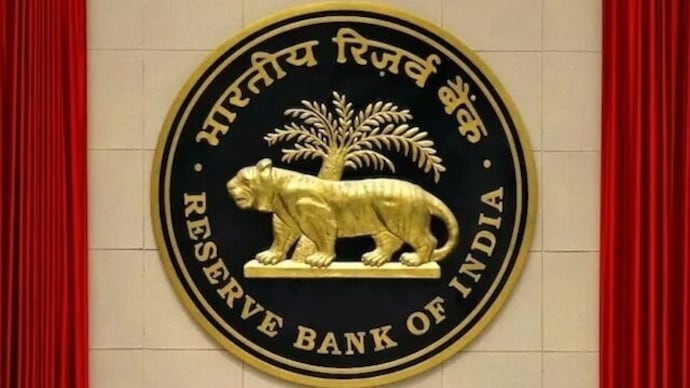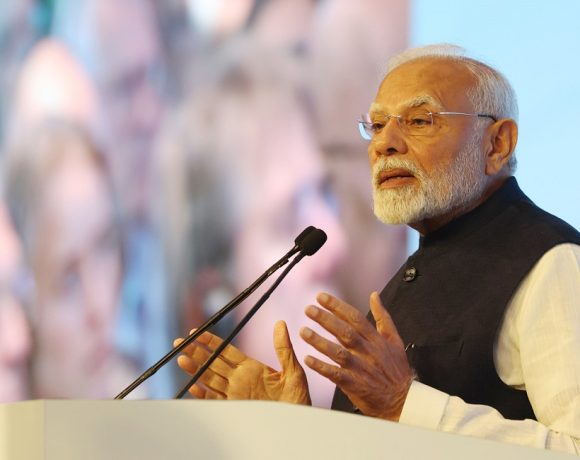
RBI Plans Significant Liquidity Infusion to Bolster Economy Amid Global Challenges
The Reserve Bank of India (RBI) is preparing to inject up to ₹4 trillion into the banking system during the current fiscal year in a decisive move to safeguard the Indian economy from mounting global uncertainties. This substantial liquidity infusion is aimed at supporting credit flow, stabilizing financial markets, and enhancing the effectiveness of monetary policy transmission.
A combination of government bond purchases and foreign-exchange swap operations is expected to be used for this liquidity boost. Initial projections indicate that nearly ₹2 trillion may be infused during the first half of the fiscal year alone. This will supplement the massive liquidity injection already executed in recent months, which has kept the banking system flush with funds.
One of the primary goals behind this move is to ensure the seamless transmission of policy rate cuts into the real economy. The RBI, having already delivered its first repo rate cut in five years earlier this February, is expected to follow it up with another cut soon. Maintaining surplus liquidity is essential to ensure these rate reductions lead to lower borrowing costs for consumers and businesses, thereby spurring demand and investment.
The central bank’s strategy is also seen as a proactive buffer against global economic risks, including volatility triggered by heightened trade tensions and shifting geopolitical alignments. With India’s exports facing fresh headwinds from new international tariff regimes, ensuring robust domestic liquidity becomes even more critical to prevent a ripple effect on growth and employment.
The bond market has already responded to the RBI’s dovish stance. Yields on 10-year government securities have dropped to their lowest level since January 2022, with further softening anticipated in the months ahead as market confidence in the central bank’s support measures strengthens.
By opting for a strong liquidity infusion, the RBI is reinforcing its commitment to economic stability and growth. This approach not only prepares the economy to absorb external shocks but also lays the groundwork for a more responsive and resilient financial system in the face of evolving global challenges.


















